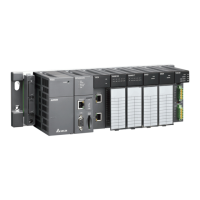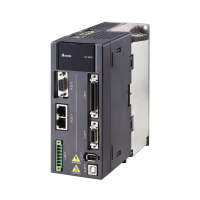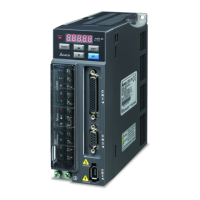AH500 Hardware and Operation Manual
11-34
11.2 Ether Link (for AHCPU5X0 models)
This function is applicable for AH500 basic CPU module series (AHCPU500/510/520/530).
11.2.1 Introduction of an Ether Link
An Ether Link is a network mechanism for data exchange performed through an Ethernet connection. If there
are several nodes in an Ethernet network, users can create a mechanism for data exchange in the network,
and select a start mode. If the parameters which are set are downloaded to the PLCs in the network, the
systems of the PLCs perform data exchange according to the start mode selected when the PLCs run. The
users do not have to write a redundant program. Besides, only AH500 series CPU modules support Ether
Links.
A PLC Link is a master/slave model. There is only one master station in an RS-485 network, and the other
stations which are slave stations passively receive reading/writing commands from the master station.
Compared with a PLC Link, an Ether Link adopts a safer data request mechanism. It is the data demanding
nodes in an Ethernet network that execute an Ether Link.
An Ether Link is not a master/slave model. It allows a node to send reading commands which ask for data to
other nodes. The nodes will send the data to the node after they receive the reading commands. Owing to the
fact that a node can not send writing commands to other nodes, the use of an Ether Link is safer than the use of
a PLC Link. Besides, all the nodes in an Ethernet network can send reading commands through TCP/IP, and
the system automatically manages the transmission of packets through TCP/IP. Compared with a PLC Link, an
Ether Link is more efficient.
Download, Control and
Monitor all etherlink
node
Data Read
Data Read
Data Read
Reading data
Rea ding data Readi ng data
Download ing, c ontrol ling,
and mon itoring all the
nodes
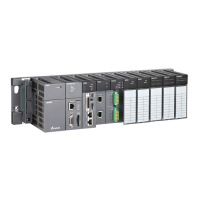
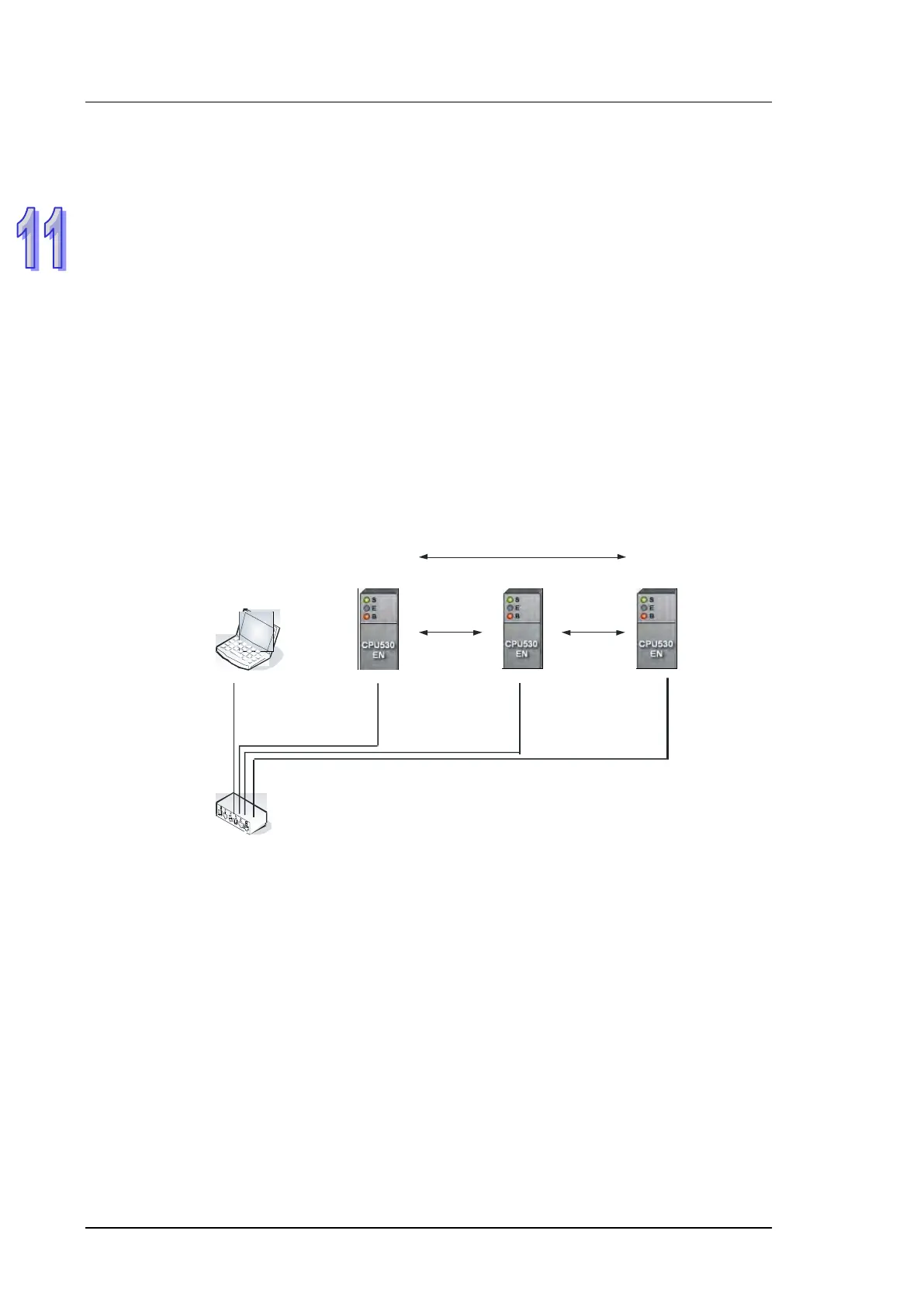